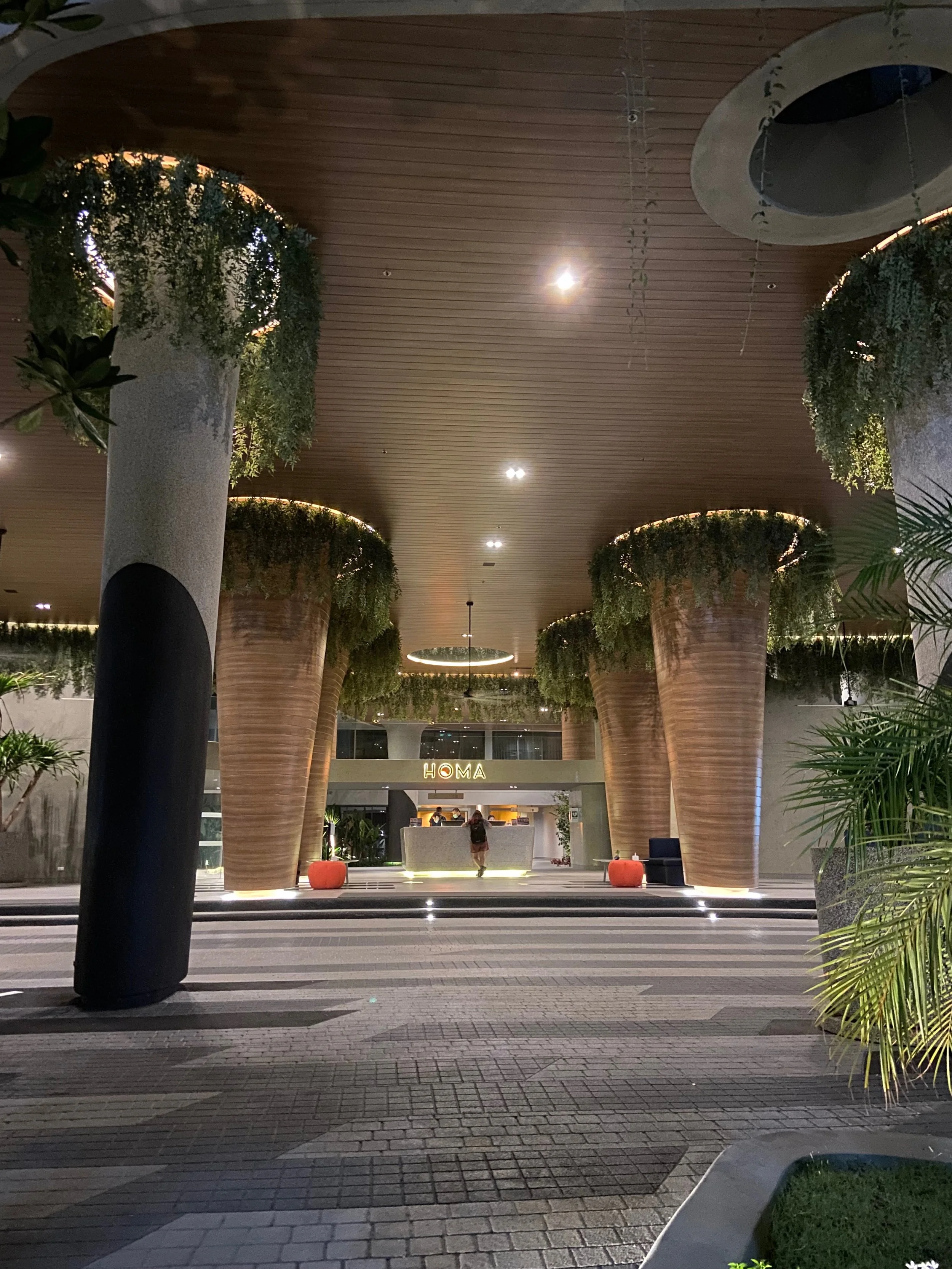NEWS: Visa competition heats up in South-East Asia
This post may contain affiliate links, meaning we get a commission if you decide to purchase through our links at no cost to you. This helps fund Slower Travels without costing you a cent!
This morning's coffee was unexpectedly frothy, upon reading the fantastic news for digital nomads targeting Southeast Asia as Vietnam's National Assembly has trumped the rest of the South-East Asian visa offerings. This means that on August 15th, 2023, Vietnam will introduce a new 90-day multi-entry e-visa to 80 countries. Find the full list of countries here to see if yours made the cut.
A unanimous decision with 470 out of 475 members voting in favor of the amendment.
This multi-entry visa triples the current 30-day visa. They also tripled to 45 days the duration of visa-free stays for visitors from certain countries.
Sensibly, lawmakers approved the issuance of a multi-entry visa, saying it would reduce administrative tasks and save a lot of time and money. For both tourists and the government.
Vietnam's visitor numbers still remain 64% below pre-pandemic levels, according to Vnexpress local news.
In my humble opinion, this is now the most attractive visa for a foreigner available in the region, beating out Malaysia's 90-day option with by allowing multiple entries.
Are we seeing a trend?
Are we also seeing a trend to remove the red tape after the Philippines also agreed that paperwork is very annoying and did away with the madness of complex steps to extend a 30-day visa? They now allow up to two years' worth of extensions just by popping into your nearest visa office for an hour.
It seems common sense has finally found its way to the courts. Hopefully, this is a trend we will see continue. Although Indonesia seems to be bucking the trend by finding new ways to annoy travelers and introduce added red tape, such as requiring foreign arrivals to buy SIM cards in certain areas. But I digress.
Attracting the Digital Nomad Market
This new 90-day Vietnam visa is a massive step forward in the race to attract overseas dollars into the market since the reopening post-pandemic. Currently, Vietnam’s neighbour Thailand is number three in the world as a digital nomad destination, however, this is not translating into higher numbers moving into Vietnam, most likely due to the limitations of the current 30-day e-visa, by adding these new visa options, Vietnam is betting this will make a difference.
Although these steps are unlikely to boost short-term visitor numbers, this seems the latest bid to attract the rapidly growing digital nomad market, which is expected to grow to 60 million by 2030 and a staggering 1 billion by 2035 according to Instant Offices.
This effectively leaves the rest of Southeast Asia in its dust. Hopefully, this pushes Thailand into reviewing its own options, having recently rather disappointingly removed its 45-day visa for entry on arrival, returning to the 30-day option.
Currently, Thailand, the Philippines, Indonesia, and Laos allow an initial 30-day visa, which can be extended in-country but that pushes up your monthly costs. These are typically around $50 USD per extension.
Most allow only one extension of up to 60 days before the border run is required. From there, if you want to continue to stay, you have to leave the country and spend a day over the border before returning the next. Once again, ready to spend the money you earned working, which does boost the local economy. Perhaps a bit of a charade in the current climate, however, it can be a contentious issue due to the perception that those coming on a longer visa will take jobs from the locals. Whatever your beliefs are, Southeast Asia is coming more in line with South America's long-stay tourist visas and will at least attempt to even the playing field.
Travelling more sustainably
There is more talk than ever on the circuit regarding reducing flights within the full-time travel community to reduce our impact on climate change.
Having longer visas is a great option to reduce flights and flight costs and thus allow more to be spent on the local economy. Speaking from experience, we have tried to go overland as much as possible, but sometimes this is just not practical as it can add days of travel time to your journey, eating into your precious thirty days in one country. The addition of more 90-day options would greatly improve the situation.
Summary
Perhaps we are finally at the point where the value of having as many digital nomads in your country is seen as a nice to have, rather than an annoyance. Of course, it would be nice if nomads spread out, rather than all living in the same spots. With the right incentives, this too could be much better managed. Nobody wants another Bali, which pushes out locals and creates silly price inflation. Perhaps governments have seen the sheer size predictions of the digital nomad market in the coming next 15 years and have come to their senses.






